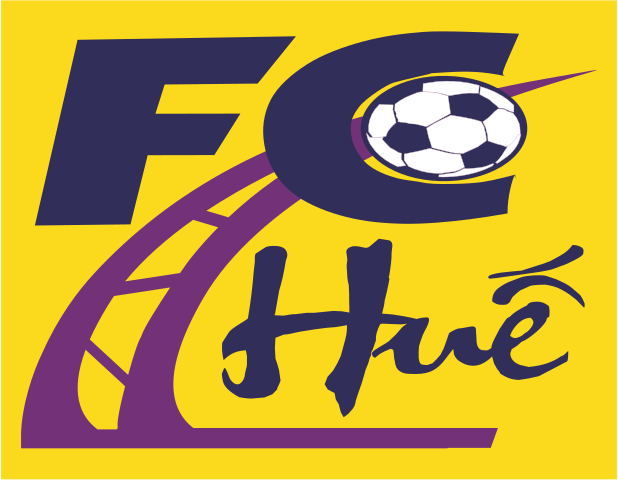The global sneaker landscape continues to evolve as consumers increasingly value comfort, performance, and style in everyday footwear. Shifts in lifestyle, particularly the rise of athleisure and hybrid work routines, are influencing how people choose their footwear. At the same time, major brands are experimenting with sustainability, digital engagement, and collaboration-driven product launches. These shifts make the sneaker sector one of the most dynamic categories within the broader footwear industry, driven by strong demand from both fashion consumers and athletes.
In recent years, the Sneakers Market has become increasingly competitive as brands invest in advanced materials, cushioning technologies, and performance-enhancing designs. The rise of e-commerce platforms and the growth of direct-to-consumer sales have further transformed purchasing behaviors. Today, consumers expect seamless online exploration, early access drops, customization options, and rapid delivery. These expectations have pushed companies to rethink how they market and distribute products. Innovations such as 3D-printed midsoles, bio-based materials, and mixed-reality product trials are helping brands build stronger connections with shoppers.
Another factor contributing to the sector’s momentum is demographic diversity. Younger consumers, especially Gen Z, show strong interest in limited-edition releases, influencer-led collaborations, and resale platforms. Many view sneakers not just as functional footwear but as cultural symbols and investment assets. Meanwhile, older demographic segments continue to value durability, comfort, and long-term wearability. Together, these varied preferences ensure steady demand across age groups and lifestyles. In addition, the expansion of outdoor activities and fitness routines has bolstered sales of performance sneakers designed for running, training, and adventure sports.
Brand loyalty and storytelling also play significant roles in shaping purchasing decisions. Companies are leveraging immersive brand experiences, social media engagement, and athlete endorsements to create emotional value around products. Beyond aesthetics, sustainability is becoming a core differentiator. Consumers increasingly want transparency about materials, carbon emissions, and recyclability. Major brands have responded by launching eco-friendly collections, circular recycling programs, and supply chain innovations to reduce environmental footprints.
From a global perspective, regional growth patterns are shifting. North America continues to lead due to strong brand presence and consumer spending power, but Asia-Pacific is emerging as a fast-growing region. Rising income levels, urbanization, and increased interest in Western trends are accelerating sneaker adoption across countries like China, India, and Indonesia. Europe also maintains strong demand, driven by its vibrant fashion culture and sports-oriented lifestyle. Collectively, these regions are reshaping the competitive landscape and encouraging brands to adapt product lines to regional preferences and fashion identities.
As the industry moves into the future, companies that invest in digital integration, sustainability, and performance-driven innovation are expected to gain the largest competitive advantages. With ongoing consumer shifts and strong retail expansion, the global sneaker sector is poised for continued momentum and structural transformation. These developments further underline the importance of understanding Sneaker industry growth as businesses navigate new market opportunities.
FAQs
1. What factors are currently driving growth in the sneakers market?
Innovation, sustainability, athleisure lifestyle trends, and increased e-commerce adoption are key growth drivers.
2. Which consumer group influences sneaker trends the most?
Gen Z and younger millennials are major trendsetters due to their interest in limited editions and collaborations.
3. How is sustainability affecting sneaker design?
Brands are adopting recyclable materials, eco-friendly processes, and circular production to meet consumer expectations.
4. Which region shows the fastest growth in the sneakers market?
Asia-Pacific is currently the fastest-growing region due to rising income levels and urbanization.
Table of Contents
- Executive Summary
- Market Introduction
- Market Dynamics
- Market Segmentation
- Regional Analysis
- Competitive Landscape
- Future Outlook
- Conclusion
- Appendix
About Market Research Future:
At Market Research Future (MRFR), we enable our customers to unravel the complexity of various industries through our Cooked Research Report (CRR), Half-Cooked Research Reports (HCRR), Raw Research Reports (3R), Continuous-Feed Research (CFR), and Market Research & Consulting Services.
MRFR team have supreme objective to provide the optimum quality market research and intelligence services to our clients. Our market research studies by products, services, technologies, applications, end users, and market players for global, regional, and country level market segments, enable our clients to see more, know more, and do more, which help to answer all their most important questions.
Contact Us:
Market Research Future (part of Wantstats Research and Media Private Limited),
99 Hudson Street, 5Th Floor, New York, New York 10013, United States of America
Contact Number:
+1 (855) 661-4441 (US)
+44 1720 412 167 (UK)
+91 2269738890 (APAC)
Email: info@marketresearchfuture.com


